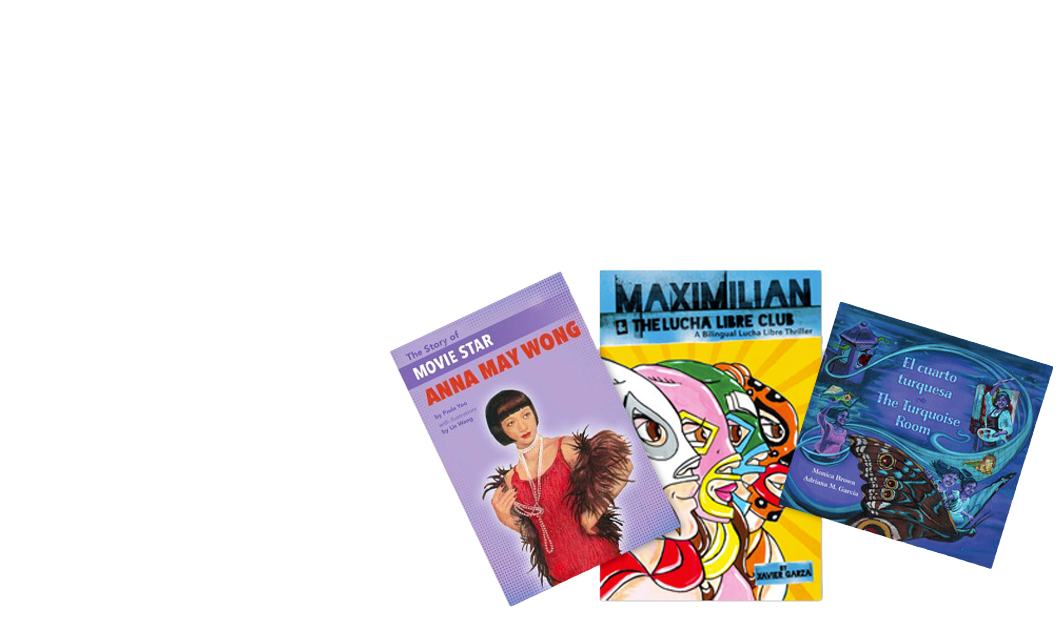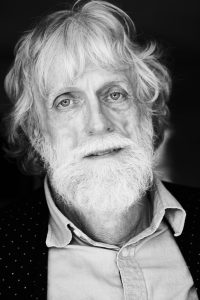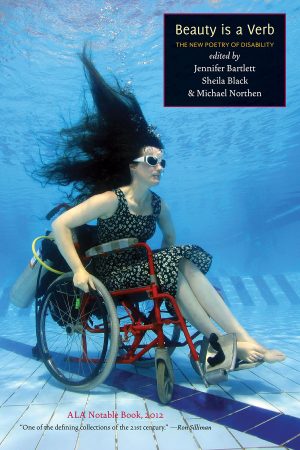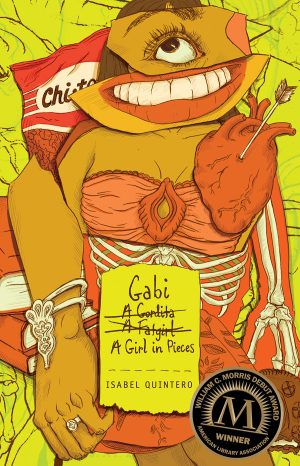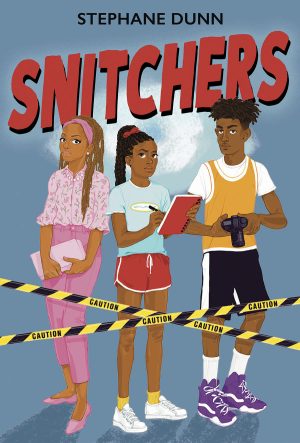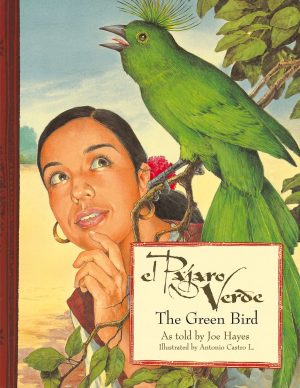Description
“This book presents two bodies of writing by James Magee. The first is “Letters to Goya,” a collection of twenty-three typo-filled letters written on a manual typewriter from the Waikiki Trailer Park in Sweetwater, Texas. Turning the book around, you will find a second collection, a selected compilation of titles from Jim’s artwork, representing decades of both writing and performance by the artist and his multiple selves. Reading this book is not unlike the act of trying to understand Jim’s life. It requires twisting, turning, reorienting. You can enter at any point and find the story changing and growing as Jim plays conductor to a symphony of voices familiar and strange.” — from the Middleword by Kerry Doyle
The first section of this utterly unique book of art, poetry, and poetic prose is made up of letters are written by a woman referred to as “The Duchess,” from a trailer park in a small town in Texas, to her lover the 19th-Century artist Francisco Goya. As surreal as the premise of the letters is, the letters themselves are simply the funny, poignant, and introspective thoughts of a lonely woman growing old. The Duchess shares wise and insightful thoughts like, “I think clarity is a matter of grace, like strength, given forth from the earth from which you were born,” along with mundane stories from her world with a touch of humor, like: “Anyway, to get to the point, Henry is dying and wants to be cremated and he asked Mary to climb up the Big Spring water tower to spread his a-shes [sic] over the city at sunset…Henry, whether he was dying or not, was out of line, what with Mary8s arthritus [sic] and the prospect of her trying to climb to the top of the water tower at dusk.”
The second section features poems which title some of the metal sculptures Jim has made over the past several decades, accompanied by photographs of some of these impressive sculptures. Though told from a wide array of perspectives, the poems are connected to the letters of The Duchess by a Both sections are tied together by a sense of awe and a deep longing for connection. Through whatever medium he chooses, James Magee’s work is always beautifully unusual to experience. Magee has previously explored architectural stonework with The Hill, scrap metal sculpture, and painting (through his alter ego, Annabel Livermore).


